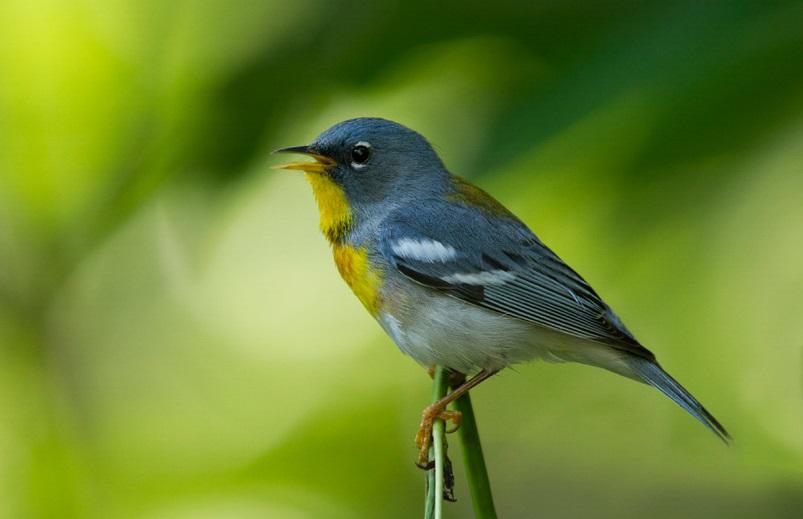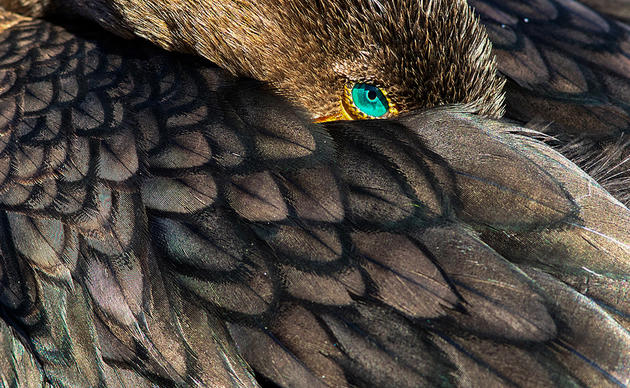Beidler Banding

Ever wonder how scientists know that a bird species is declining? Or how we can pinpoint the exact reasons and develop solutions that make a difference?
The answer is: huge research studies like MAPS. MAPS has been going on for nearly 30 years. Data comes from 1,200 stations across the continent and includes 2 million records of birds that have been captured, examined, and banded.
In 2017, Audubon’s Beidler Forest joined the MAPS team. Through the summer nesting season we’ll be catching birds in fine nets in the forested uplands above the swamp, recording their vital statistics, then banding and releasing them.
So far, we’ve caught Hooded Warblers, Northern Parulas, White-Eyed Vireos, and more. Also, to our great delight, a rare and elusive Swainson's Warbler.
There are two reasons we’re excited to be involved in MAPS. First, we’ve got old data from a MAPS station nearby. Comparisons could reveal something about the impact of climate change on our state’s nesting forest birds.
Second, we’re capturing the very species that Audubon South Carolina’s Bird-Friendly Forests program is designed to protect. The Hooded Warbler and the Swainson’s Warbler — which is especially sensitive to habitat loss — are among the top priorities in our work with foresters throughout the state.
Admittedly, banding at Beidler is hot, buggy work. But for bird scientists, it's a joyful assignment. If any volunteers want to join us, we’d be glad to train you. And/or please come bring us lunch!
Project Contact: Jennifer McCarthey Tyrrell, jtyrrell@audubon.org.
Sanctuaries
Plan a trip to one of Audubon South Carolina's two wildlife sanctuaries in the state.




